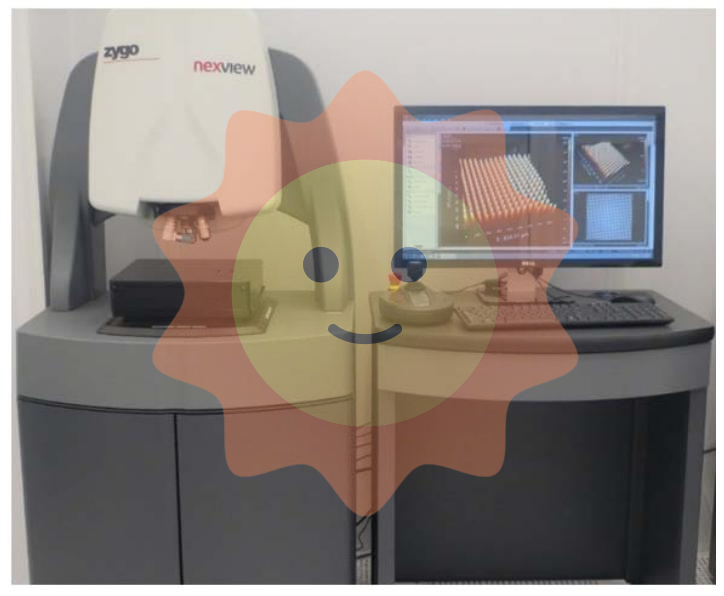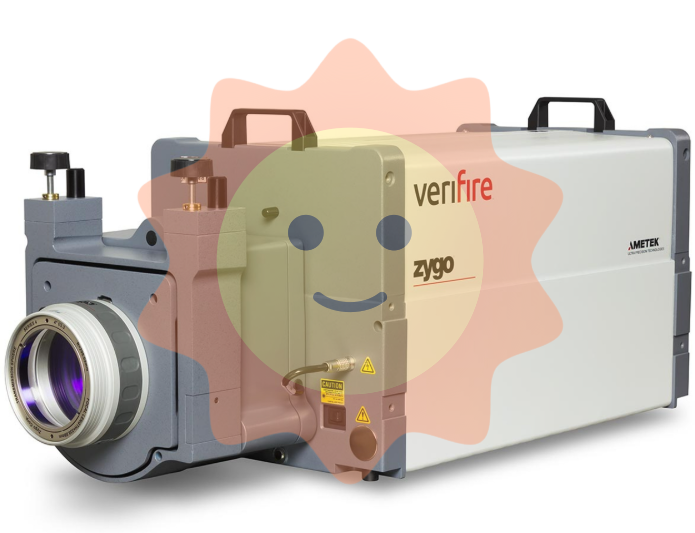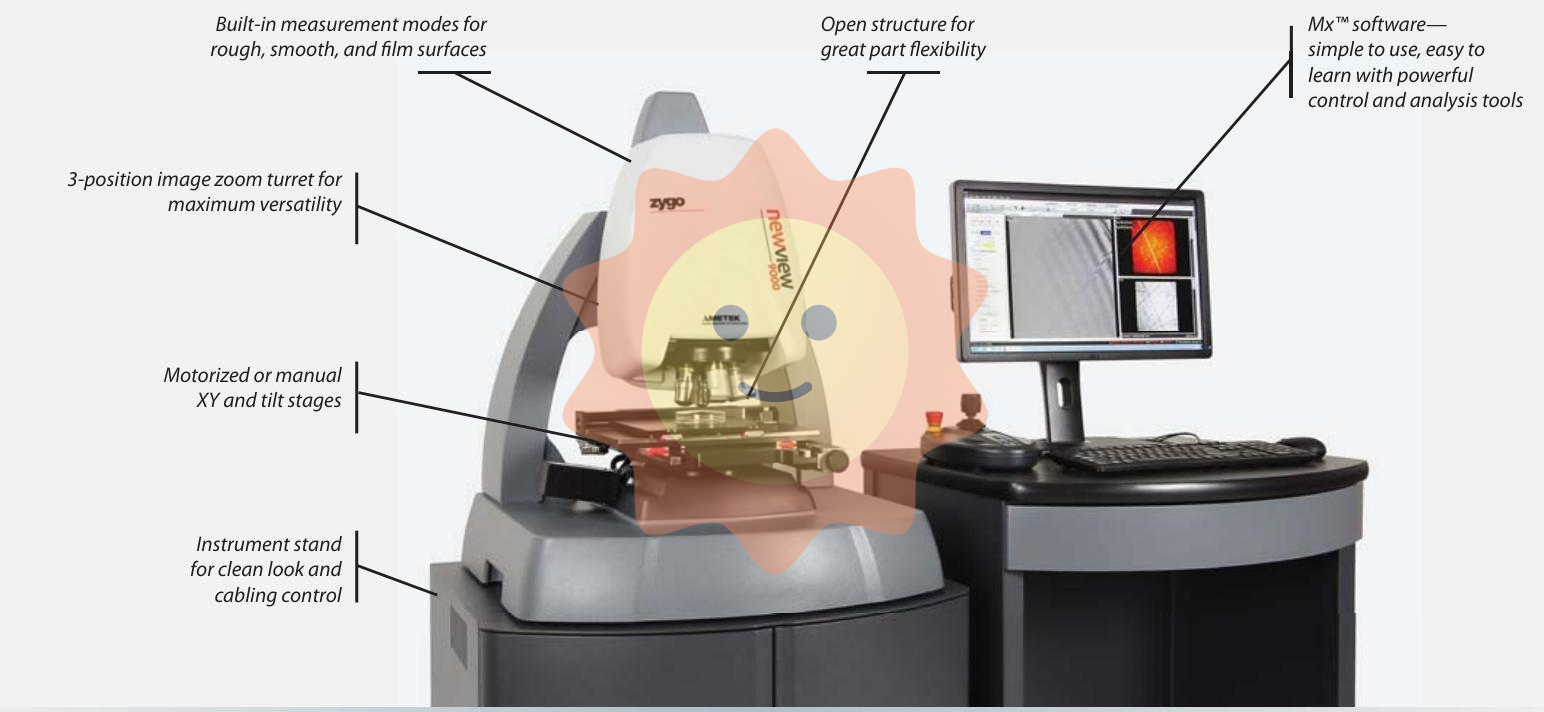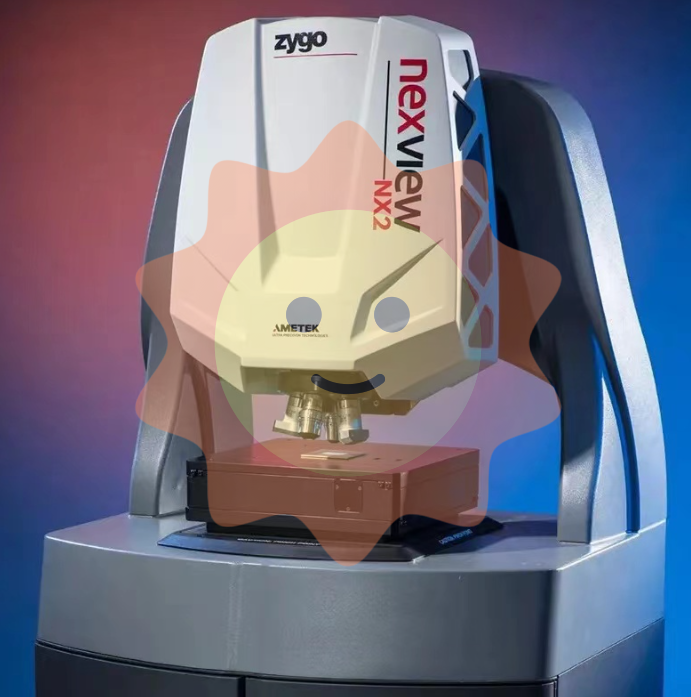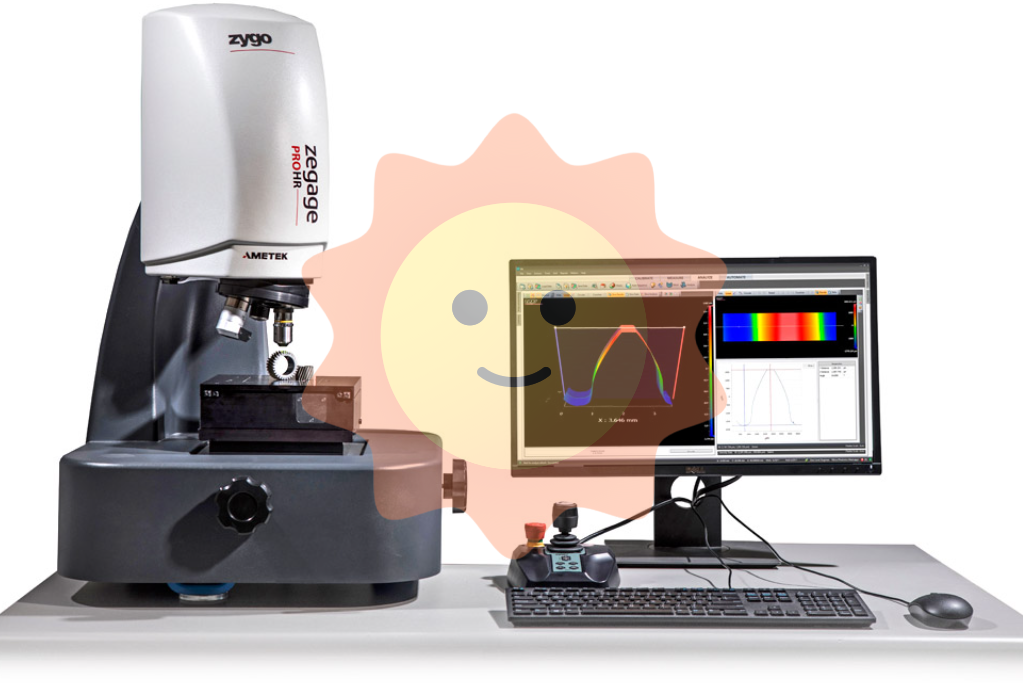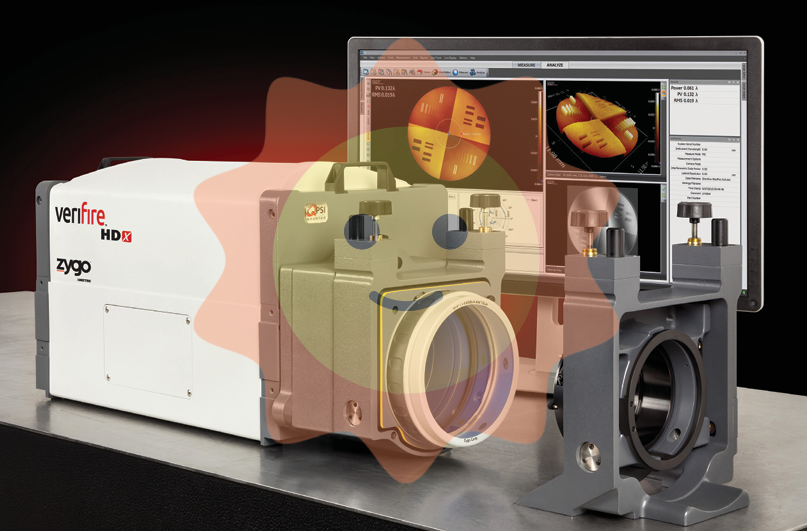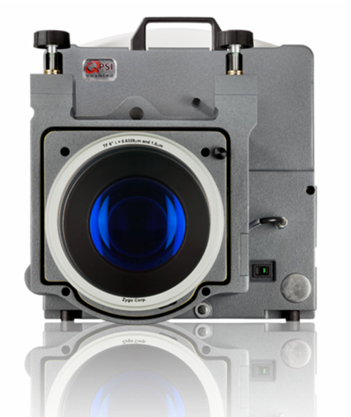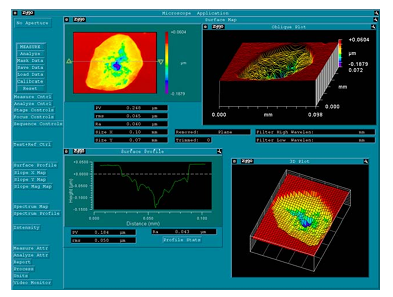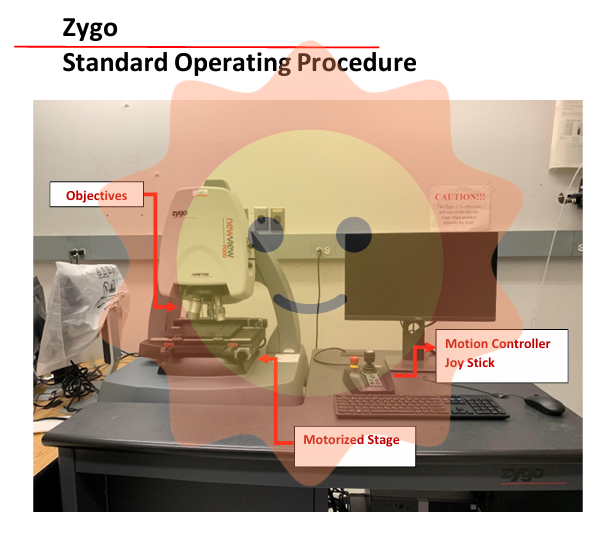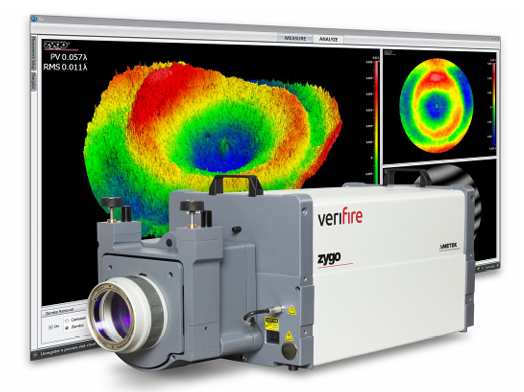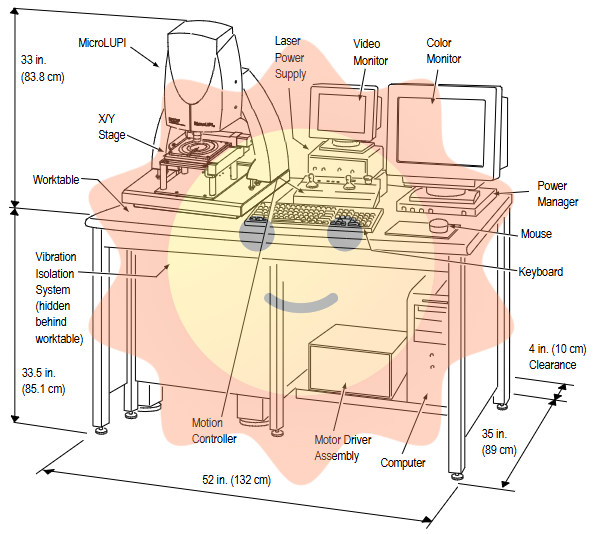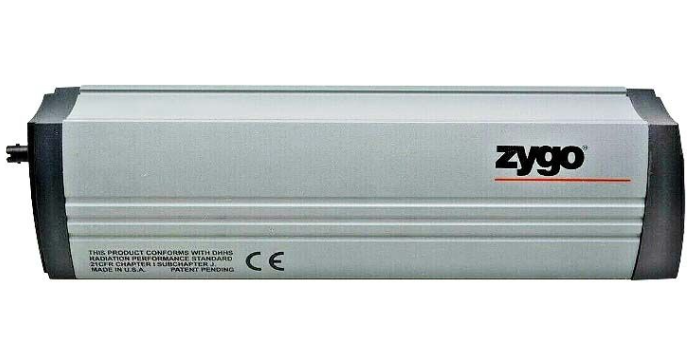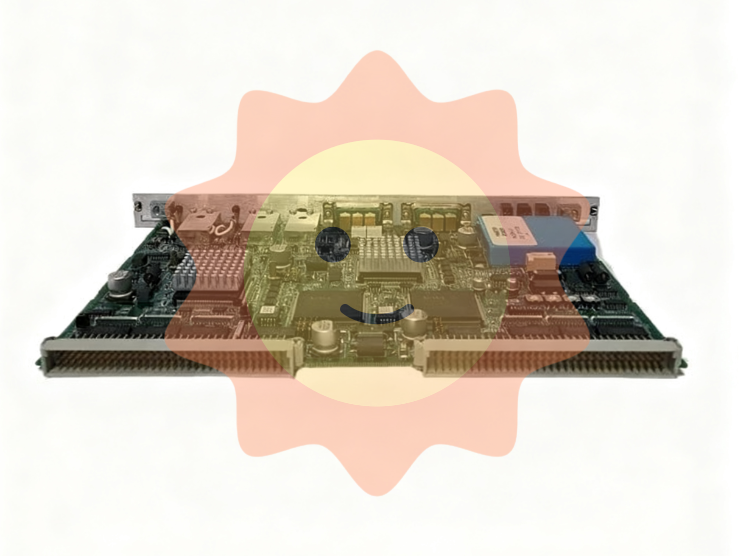ABB 5SHY5055L0002 3BHE019719R0101 GVC736BE101 is the core drive control module in ABB's high-power power electronic systems, such as high-voltage inverters and SVG static reactive power generators. It is an industrial grade high voltage and high reliability control component, originating from Switzerland. Its core function is to serve as the "driving hub" between the power unit and the main control system, receiving PWM (pulse width modulation) instructions from the main controller, accurately driving power devices (such as IGBT modules) to achieve energy conversion and control, while monitoring key parameters such as voltage, current, and temperature of the power unit in real time. It has fault protection and status feedback functions, and is a key component to ensure the stable and safe operation of high-voltage power electronic equipment. It is widely used in high-voltage industrial scenarios that require high power control accuracy and system reliability.
ABB 5SHY5055L0002 3BHE019719R0101 GVC736BE101 Industrial Control Module
Core positioning and basic information
ABB 5SHY5055L0002 3BHE019719R0101 GVC736BE101 is the core drive control module in ABB's high-power power electronic systems, such as high-voltage inverters and SVG static reactive power generators. It is an industrial grade high voltage and high reliability control component, originating from Switzerland. Its core function is to serve as the "driving hub" between the power unit and the main control system, receiving PWM (pulse width modulation) instructions from the main controller, accurately driving power devices (such as IGBT modules) to achieve energy conversion and control, while monitoring key parameters such as voltage, current, and temperature of the power unit in real time. It has fault protection and status feedback functions, and is a key component to ensure the stable and safe operation of high-voltage power electronic equipment. It is widely used in high-voltage industrial scenarios that require high power control accuracy and system reliability.
Key technical specifications
Core functions
IGBT drive control+power unit status monitoring
Integrated driver and monitoring dual functions, without the need for additional independent monitoring modules, simplifying system architecture
Adapt power devices
Suitable for IGBT modules with specifications of 1700V/500A and below
Covering commonly used IGBT models for medium and high voltage power electronic equipment, compatible with power units of different power levels
Drive signal output
Dual channel isolated PWM drive signal (peak current ≥ 2A)
Strong driving capability ensures fast and stable conduction/turn off of IGBT modules, avoiding excessive switching losses and device overheating
Monitoring parameter range
DC bus voltage: 0-2000V DC; IGBT junction temperature: -40 ℃ to+175 ℃; Output current: 0-1000A AC (requires current sensor)
Comprehensive coverage of key operating parameters of power units, real-time monitoring of device operating status, and early warning of potential faults
Isolation performance
High and low voltage isolation voltage ≥ 3kV AC (1 minute), using a dual design of photoelectric isolation and magnetic isolation
Effectively block the interference and impact of high-voltage power circuits on low-voltage control circuits, ensuring the safety of control circuits and personnel
Supply voltage
Control side: ± 15VDC ± 5%; Auxiliary power supply: 24VDC ± 10%
Dual power supply independent power supply, stable voltage on the control side to ensure driving signal accuracy, auxiliary power supply to ensure reliable operation of monitoring circuit
Response time
Drive signal response time ≤ 100ns; fault protection response time ≤ 1 μ s
The ultra fast response capability can adjust the IGBT driving state in a timely manner, instantly cut off the driving signal when a fault occurs, and protect the IGBT module from overvoltage and overcurrent damage
Working temperature range
-30 ℃ to+85 ℃
Wide temperature design is suitable for high temperature environments during the operation of high-voltage equipment (such as the temperature inside the frequency converter cabinet), without the need for additional cooling devices
Protection level
IP20 (module body)
Suitable for the installation of power unit chambers inside high-voltage equipment cabinets, it is necessary to cooperate with the cabinet to achieve dust-proof and moisture-proof protection, avoiding dust accumulation and affecting heat dissipation
Fault protection function
Overvoltage protection (OV), overcurrent protection (OC), over temperature protection (OT), and undervoltage protection (UV) of the driving power supply
Multiple protection mechanisms cover common types of faults in power units, quickly outputting protection signals and cutting off the drive when faults occur, reducing the risk of equipment damage
Typical application areas
High voltage frequency converter system
In high-voltage frequency converters (such as the ACS 2000 series) in industries such as steel, mining, and power, as the core drive control module of each power unit, it receives PWM instructions from the main controller of the frequency converter, drives the IGBT module to achieve AC-DC-AC power conversion, and monitors parameters such as DC bus voltage and IGBT temperature of the power unit. When overcurrent, overheating and other faults occur, immediately cut off the drive signal and provide feedback on the fault information to ensure the safe shutdown of the frequency converter and avoid major equipment accidents caused by damage to power devices.
Static Var Generator (SVG)
In the reactive power compensation devices of power systems and metallurgical enterprises, IGBT modules used to drive SVG power units inject or absorb reactive power into the grid by accurately controlling the switching state of IGBT, improving the power factor of the grid and suppressing voltage fluctuations. The module monitors the operating parameters of the power unit in real-time to ensure that SVG can stably output reactive power compensation current even when the power grid load changes dramatically (such as electric arc furnace steelmaking), ensuring the quality of power grid.
High voltage motor soft starter
In the soft start system of high-voltage motors in the petrochemical and cement industries, the IGBT power unit inside the soft starter is controlled to achieve smooth regulation of voltage and current during the motor starting process, avoiding the impact of excessive starting current on the power grid and motor. At the same time, monitor the current and temperature parameters during the motor start-up process. If there is an abnormal start-up (such as stalling), immediately trigger the protection mechanism, cut off the motor power supply, and protect the motor and soft starter equipment.
Energy Storage Converter (PCS)
In the new energy storage system, as the driving control core of the energy storage converter, the IGBT module is coordinated to achieve bidirectional conversion (charging/discharging) between battery energy storage and the grid. The module precisely controls the charging and discharging current and voltage to ensure stable operation of the energy storage system according to scheduling instructions, while monitoring the status of the inverter power unit to prevent battery damage and inverter faults caused by overcharging, overdischarging, or overheating.
Key points of installation and operation and maintenance
(1) Installation specifications
It needs to be installed on the dedicated heat dissipation substrate of the high-voltage equipment power unit, with a flat installation surface (flatness ≤ 0.1mm) and coated with thermal conductive silicone grease (thermal conductivity ≥ 3W/m · K) to ensure a tight fit between the module and the heat dissipation substrate and improve heat dissipation efficiency; A space of ≥ 20mm should be reserved around the module to avoid collision with other components and ensure air circulation.
Before wiring, the main power supply and control power supply of the high-voltage equipment must be disconnected, and insulated tools must be used for operation. The high-voltage power terminals (such as IGBT drive terminals) and low-voltage control terminals (such as PWM signal terminals) must be strictly distinguished, and mixing is strictly prohibited; The control signal line needs to use shielded twisted pair (such as AWG24 shielded wire), with the shielding layer grounded at one end (grounding resistance ≤ 1 Ω) to avoid electromagnetic interference affecting the accuracy of the driving signal.
The power terminal wiring needs to be tightened with a torque wrench according to the specified torque (reference value: M4 screw tightening torque 1.2-1.5N · m) to prevent overheating of the terminal due to poor contact; Cold pressed terminals should be used for control terminal wiring to avoid exposed copper wires and prevent short circuit faults.
(2) Debugging and Calibration
Before the initial debugging, use an insulation resistance meter to measure the insulation resistance of the module's high and low voltage circuits (≥ 100M Ω/500V DC), and confirm that the insulation performance is qualified; Connect the control power supply and auxiliary power supply, check if the module power indicator light (PWR) is lit up normally, and if there is no fault alarm indicator light (FAULT) lit up.
Drive signal calibration: Input a standard PWM signal (frequency 5-15kHz, duty cycle 0-100%) to the module through a signal generator. Use an oscilloscope to measure the drive signal output from the module to the IGBT, confirm that the amplitude (± 15V), frequency, and duty cycle of the drive signal meet the design requirements. If there is a deviation, adjust the drive signal strength through the calibration potentiometer on the module (such as DRV-ADJ).
Monitoring parameter calibration: For the module voltage monitoring channel, input standard DC voltage (such as 500V, 1000V, 2000V), read the module monitoring value through the upper computer software, and if the deviation exceeds ± 0.5%, perform linear calibration in the software; For the temperature monitoring channel, use a temperature simulator to simulate different temperature values (such as 50 ℃, 100 ℃, 150 ℃) and calibrate the temperature monitoring accuracy.
Fault protection test: Simulate overvoltage (input exceeding rated voltage by 120%), overcurrent (input exceeding rated current by 150%), and overtemperature (simulating IGBT junction temperature of 180 ℃) scenarios, check whether the module can trigger protection within 1 μ s, cut off the drive signal and output the fault contact signal, and whether the upper unit can accurately receive fault information.
(3) Maintenance strategy
Daily maintenance (monthly): Check the module operating parameters (such as drive signal amplitude, monitoring voltage/temperature values) through the upper computer monitoring software to confirm that there are no abnormal fluctuations; Check the appearance of the module for bulges and burn marks, and the heat dissipation substrate for dust accumulation. If there is dust, it needs to be cleaned with compressed air (pressure ≤ 0.2MPa).
Regular maintenance (quarterly): After power failure, disassemble the module and check if the thermal grease between the module and the heat dissipation substrate has dried up. If it has dried up, reapply the thermal grease; Check whether the wiring terminals are oxidized or loose, and tighten the loose screws again; Use a multimeter to measure the module control power supply voltage (± 15VDC, 24VDC) and confirm that the voltage is stable within the rated range.
Annual maintenance: Conduct comprehensive performance testing on the module, including driving signal response time testing (measured using an oscilloscope, required to be ≤ 100ns), fault protection response time testing (simulated overcurrent using a high-speed current source, required to be ≤ 1 μ s); If the module has been running for more than 3 years, it is recommended to replace the electrolytic capacitors inside the module (if any) to prevent capacitor aging and module failure.
Fault handling: If the module has a fault alarm (FAULT light on), first check the fault code (such as "F01: overvoltage" and "F03: undervoltage of the drive power supply") through the upper computer, and identify the corresponding fault point (such as DC bus voltage and control power supply) according to the code; If the fault cannot be eliminated, the spare module needs to be replaced. When replacing, it is necessary to ensure that the new module model is consistent with the original module to avoid equipment damage caused by parameter mismatch. The old module needs to be repaired by contacting an ABB authorized service provider.

- User name Member Level Quantity Specification Purchase Date
- Satisfaction :
-









Email:wang@kongjiangauto.com

